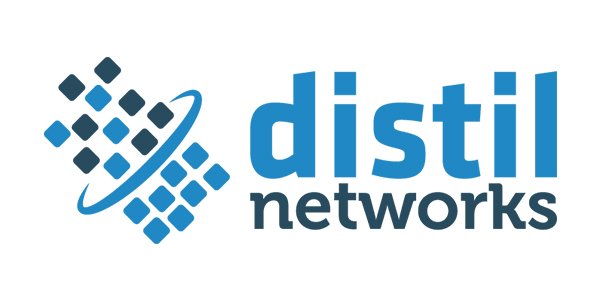Often we want only a certain info from the matched content. So, groups help with that.
The following example shows how to fetch the [duplicate] entry index from the error message. For that we take 1st group, index “1”:
const regex = /Duplicate entry\s'([^']+)+'/gm;
const str = `{ Error: (conn=42434, no: 1062, SQLState: 23000) Duplicate entry '135' for key 'PRIMARY'
sql: INSERT INTO \`test\` (id , string1) values (?,?) - parameters:[[135,'string 756']]
at Object.module.exports.createError (C:\\Users\\User\\Documents\\RnD\\Node.js\\mercateo-`;
let m;
while ((m = regex.exec(str)) !== null) {
// This is necessary to avoid infinite loops with zero-width matches
if (m.index === regex.lastIndex) {
regex.lastIndex++;
}
// The result can be accessed through the `m`-variable.
m.forEach((match, groupIndex) => {
console.log(`Found match, group ${groupIndex}: ${match}`);
});
}
